7 Fascinating Architectures To Visit In India
By: Priyanka Maheshwari Thu, 23 Nov 2023 3:18:04
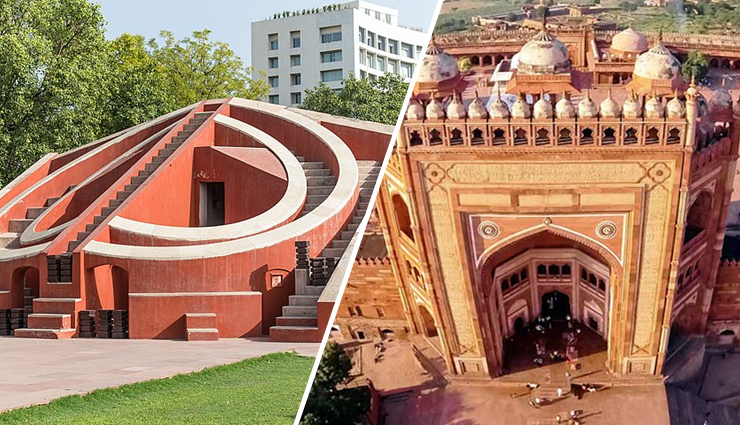
Choosing one of the most incredible nations, steeped in a captivating tapestry of events, dramas, stories, and histories dating back to ancient times, there's little doubt that India stands out as the top preference for many. Across its extensive and awe-inspiring history, India has been the stage for the rise and fall of grand kingdoms, the cradle of influential figures shaping its destiny, and the origin of legendary tales that repeatedly redefine its essence. These extraordinary occurrences have bestowed upon India a remarkable legacy, evident in its splendid monuments, structures, and sites. The beauty of these architectural wonders allows one to fully grasp the enchanting journey through time that the country has undertaken.
Within the exceptionally rich array of impressive structures, we present a compilation of 7 stunning architectural marvels in India. These structures have consistently captivated attention due to their exquisite and exceptional design. Explore this remarkable showcase of India's architectural brilliance.
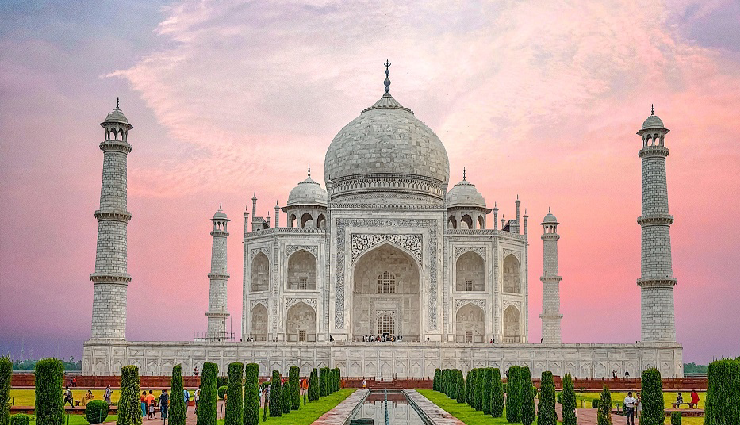
# Taj Mahal, Agra, Uttar Pradesh
One of the most magnificent feats of architecture, serving as a timeless testament, the Taj Mahal stands as a symbol of undying love and commitment from the King of the World, Shah Jehan (meaning "King of the World" in Persian), to his queen Mumtaz. Today, it is revered as a global wonder, an icon of unparalleled grandeur, and a symbolic destination for couples seeking to reaffirm their love. Despite its majestic appearance, the Taj Mahal in Agra is, in fact, a tomb constructed by Shah Jehan in memory of his beloved wife Mumtaz, who passed away at the age of 38 while giving birth to their fourteenth child.
A team of around 22,000 artists, including masons and calligraphers, was enlisted by the emperor, overseen by a board of architects led by Ustad Ahmed Lahauri. Construction began in 1632 and concluded in 1653, incurring a total cost of 32 million rupees. The Taj Mahal is part of a larger complex, encompassing heavenly gardens and red sandstone buildings. Many scholars assert that this design mirrors the concept of paradise as described in Islamic theological texts. Ultimately, the Taj Mahal stands as a breathtaking embodiment of love, etched in stone and adorned with jewels.
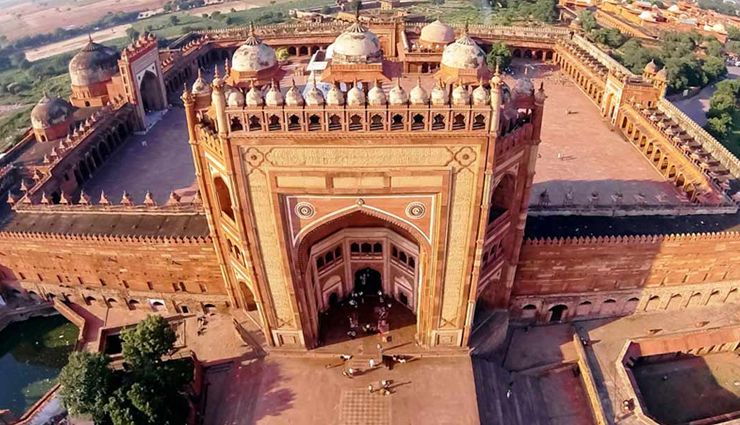
# Fatehpur Sikri, Agra, Uttar Pradesh
Fatehpur Sikri, an extraordinary imperial city complex, serves as a splendid embodiment of the values, beliefs, and persona of Emperor Akbar, who initiated its construction in 1573 to establish it as his capital. This complex seamlessly integrates various architectural styles, ranging from Persian and Islamic to Indian, encompassing Hindu and Jain influences. The city's inception is closely linked to the hospice of Sheikh Salim Chisti, a revered figure whom the Emperor considered his benefactor and to whose prayers he attributes the blessing of an heir.
Encircled by robust walls on three sides, the fourth side of Fatehpur Sikri is bordered by a lake, serving as a primary, and perhaps the sole, water source. The complex comprises numerous individual pavilions designed for official, religious, and residential purposes. Prominent features of the complex include The Buland Darwaza, The Jama Masjid, Diwan-i-Aam, Diwan-i-Khaas, and the hospice of Salim Chisti. Regrettably, the city was deserted shortly after its completion when the emperor relocated his capital, first to Lahore and then to Agra, as part of his strategic oversight of various campaigns.
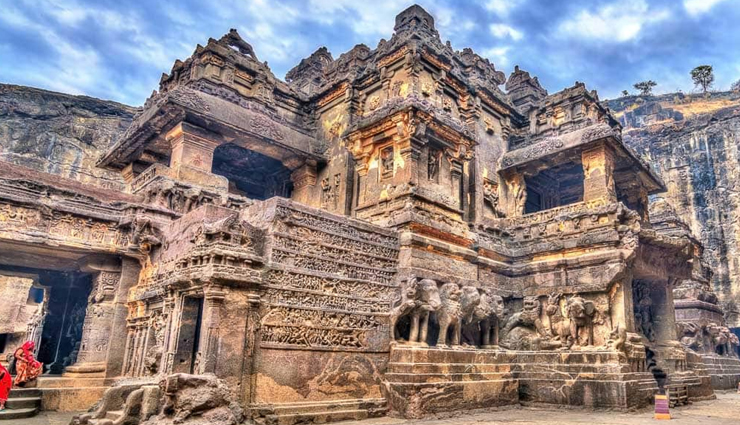
# Ajanta and Ellora Caves, Aurangabad, Maharashtra
Regarded as prime examples of ancient Indian paintings showcasing Buddhist religious art and Jataka Tales, the Ajanta Caves consist of 30 rock-cut cave monuments dating from the 2nd Century BCE to approximately 480 or 650 CE. These caves served various purposes, including education, dwelling, and worship. The walls are adorned with an array of exotic sculptures, murals, frescoes, colonnades, porches, and intricate carvings, with some walls featuring finely executed paintings, typically of an allegorical nature.
In contrast, the Ellora Caves comprise 34 rock-cut temples and monasteries representing Buddhist, Jain, and Hindu traditions. These structures exemplify a remarkably high level of architectural skill achieved between 350 and 700 AD. Carved out of a single rock monolith on the side of a basaltic hill, the Ellora Caves include the Kailasha Temple, a man-made marvel known for its astonishing chiseling and engravings that evoke both fascination and admiration. Situated in Maharashtra, both the Ajanta and Ellora caves are prominent national and international tourist destinations.
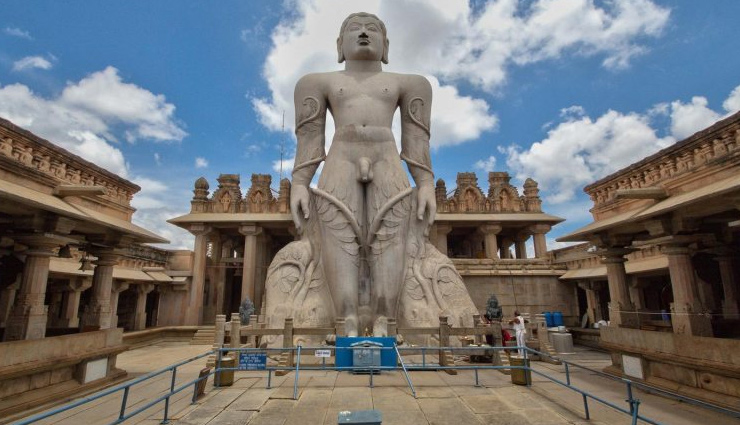
# Statue of Gomateshwara (Bahubali), Karnataka
Situated in Shravanbelagola, a pivotal and sacred site for Jains, this majestic statue, towering at an impressive height of 57 feet, stands as a remarkable architectural marvel in India. Gomateshwara, also known as Bahubali, was the son of Rishabha, the first Tirthankara and the founder of Jainism. Choosing the path of renunciation, Gomateshwara became a Jain monk, ultimately achieving moksha, or liberation, and earning reverence in the Jain faith. Constructed in 983 A.D. by Chamundraya, a minister and commander of the Ganga dynasty, this splendid statue is a symbol of wonder and amazement.
Perched at an elevation of 3350 feet above sea level, the colossal figure is carved from a single rock monolith, adding to its allure for the throngs of people visiting this holy site. In addition to the awe-inspiring statue, Shravanbelagola boasts other culturally and religiously significant places, making it a crucial destination for both devotees and tourists.
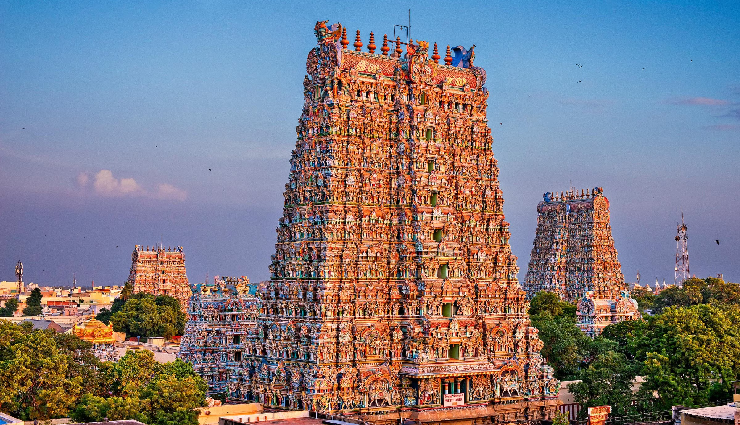
# Meenakshi Amman Temple, Madurai
A striking showcase of the immense opulence inherent in South Indian architecture, this magnificent structure stands as a crucial component of the region's significant heritage. Ranking among the largest temples in India, the Meenakshi Amman Temple boasts 12 imposing gates, with the grandest ones positioned along the outer walls, known as Gopuram, presenting a breathtaking spectacle. Within the temple grounds, there is a tank, along with a hall renowned as the "Hall of Thousand Pillars," distinguished by unparalleled sculpting. The intricate designs, figures, and carvings adorning various halls are uniquely captivating.
Originally constructed, the temple underwent reconstruction in the 17th century, overseen by Vishwanath Nayak, the first Nayak king of Madurai, following damage incurred during an Islamic invasion of the region. Today, the temple complex spans an expansive 45 acres, serving as a prominent destination for Hindu devotees and enthusiasts of South Indian culture.
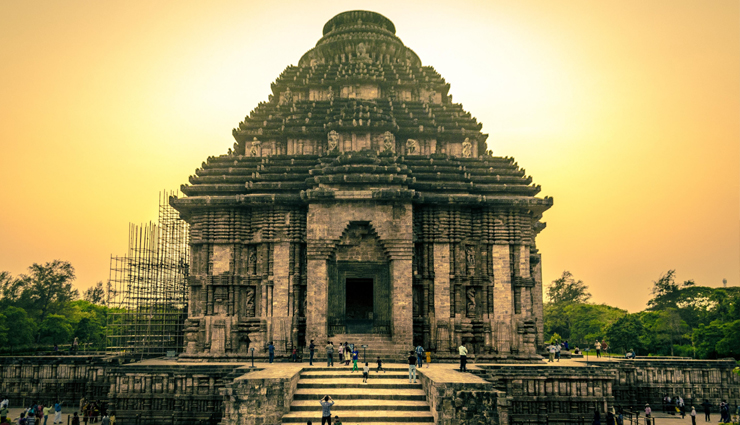
# Sun Temple, Konark, Odisha
Initially envisioned as an immense chariot structure propelled by seven pairs of colossal, galloping horses, the Konark Sun Temple, recognized as one of India's World Heritage Sites, epitomizes the pinnacle of Odisha temple architecture dating back to the 13th century A.D. The grand wheels intricately carved to support the massive structure are truly majestic. The meticulous detailing of various human and animal figures adorning the walls adds to the awe-inspiring experience for visitors.
Remaining true to the Shikhara style, the original design of the temple doesn't deviate significantly from this established framework. While some original sections, such as the main sanctum and the Dancing and Dining hall, have not endured the test of time, other segments like the main audience hall continue to evoke marvel and fascination. The overall dimensions of the complex, measuring 857 feet by 540 feet, serve as an additional source of admiration.
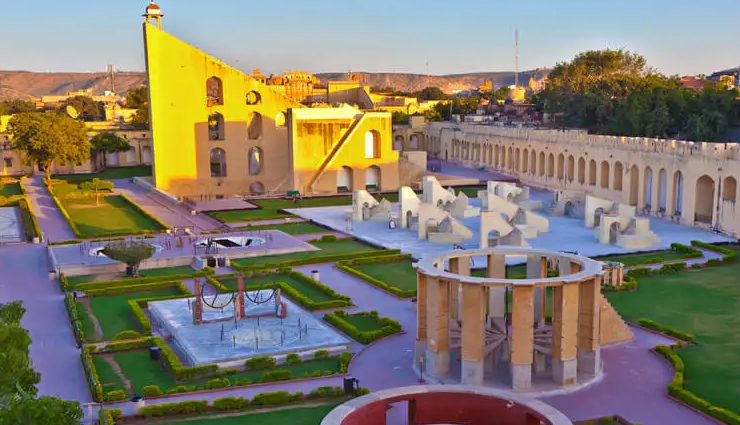
# Jantar Mantar, Jaipur
Showcasing a brilliant legacy of curiosity, science, and keen observation, the Jantar Mantar stands as one of the world's largest observatories. Constructed in the early 18th century during the reign of Maharaja Jai Singh II of Jaipur, an enthusiastic astrologer and scholar, the site is home to the world's largest sundial, captivating the imagination of architects, historians, and astronomers alike. The geometry and construction of the observatory incorporate devices for time measurement, constellation tracking, and observing the orbits of the Sun. Noteworthy structures within the complex, such as the Samrat Yantra, Hindu Chhatri, and Jaiprakash Yantra, serve similar purposes.
This monument stands as a remarkable testament to the royal heritage of the region and is a must-see for tourists exploring the "Pink City." Designated as a UNESCO World Heritage Site, the Jantar Mantar continues to fascinate visitors with its historical significance and astronomical marvels.





